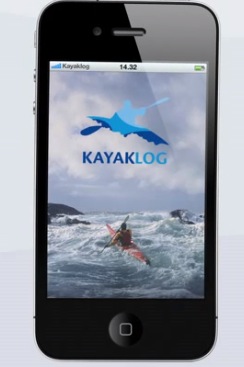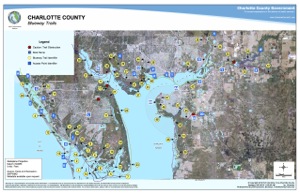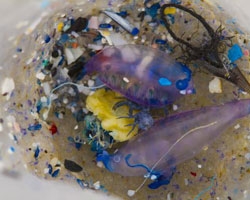Hands-Free Trip Log

Beat the Winter Blues
Located halfway between Tampa and Naples on the Southwest Florida Gulf coast, Charlotte Harbor & the Gulf Islands is a cluster of nine coastal communities surrounding the state’s second largest harbor. Recognizing the potential of this year-round eco-tourism destination, the Charlotte Harbor Visitor Bureau has worked with the county to create nearly 200 miles of kayak- and canoe-friendly Blueway Trails. Escape the early spring slush season and explore backwater fishing, plentiful birdwatching, dolphin and manatee sightings, and mangrove tunnels on 53 easily accessible canoe and kayak trails. Via Charlotte Harbor Visitor & Convention Bureau

Marine Pollution Triple Whammy
As if you needed another reason to pass your aging paddling gear along to a friend rather than send it to the landfill… A new study highlights how plastic debris is introducing toxic chemicals of three sources into the ocean food web. The first source is monomers, the building blocks of plastic polymers, which can migrate into whatever the plastic comes into contact wtih, like the guts of a sea creature. Some monomers are known toxins, like the carcinogen vinyl chloride that makes up polyvinyl chloride (PVC) plastics, or the endocrine disruptor bisphenol-A (BPA) that makes up polycarbonate plastics (remember that whole Nalgene scare?). The second source is the brew of additives that manufacturers mix in to impart plastics with desired properties.
The third source of toxic chemicals is external. The new study from the University of San Diego addresses these oily pollutants commonly found in seawater that glom onto the surface of plastic debris. A disturbing implication is that plastic debris can become progressively more chemically hazardous as weathering increases the surface area available for gathering pollutants. The findings also draw fire to the notion that developing marine biodegradable plastics will automatically eliminate chemical threats stemming from conventional plastics. The sole standard established for biodegradation of plastics in the marine environment allows that, at six months, plastic fragments up to two mm can remain and 30% of the original material needs have undergone biodegradation. Via E-The Envirionmental Magazine.
Watch for Adventure Kayak’s profile of paddling plastic fighters, Out of Sight, Out of Mind, in the May issue.




